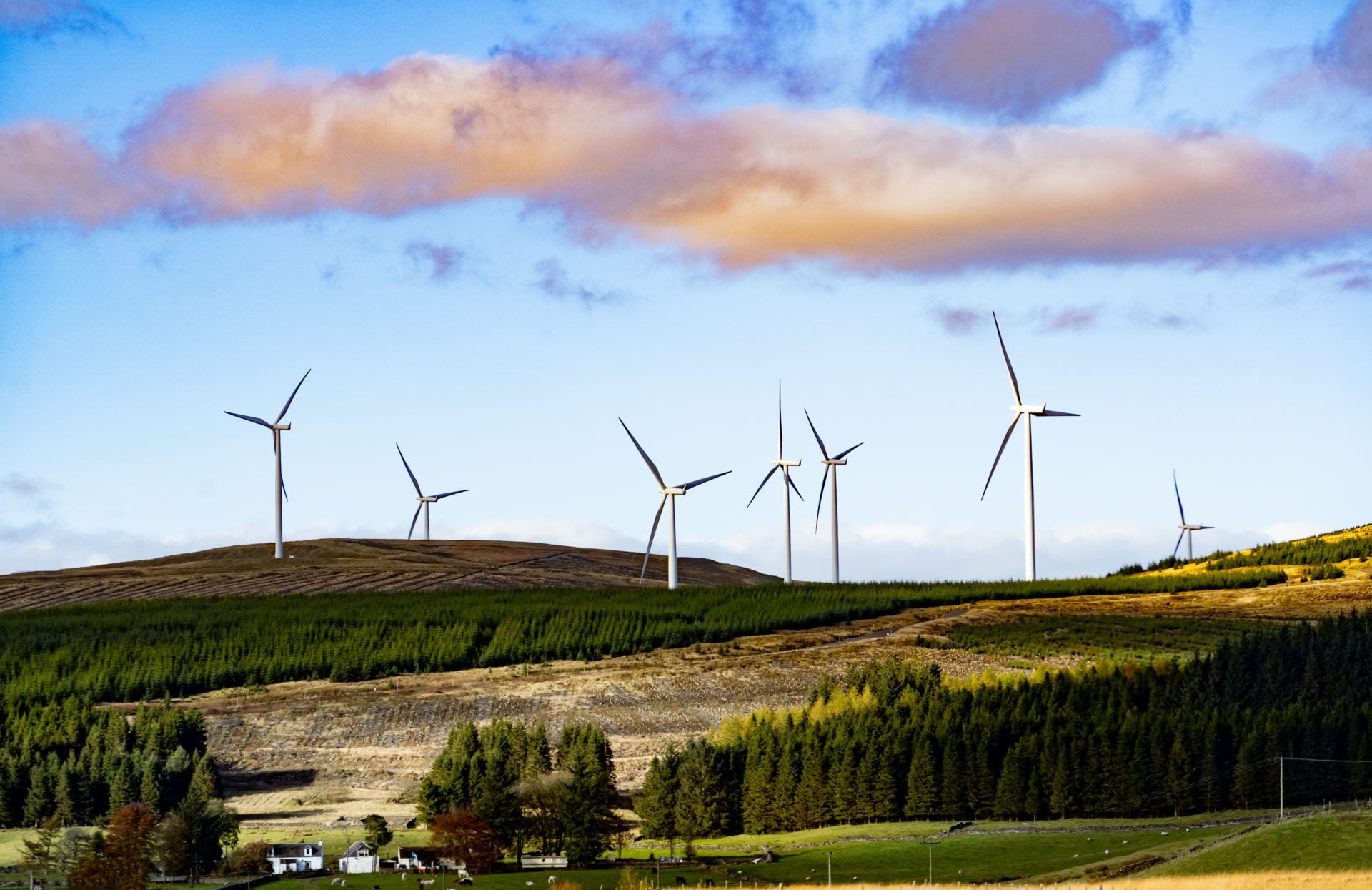
Scotland currently generates a significant amount of electricity from renewable sources – around 60% of the country’s gross annual consumption in 2015, up from just 12% in 2000. Much of that increase is supplied by onshore Scotland wind farms.
Scotland currently has more than 3,200 operational wind turbines, with a further 2,300 either under construction or awaiting planning permission. However, once these wind turbines reach the end of their limited lifespan, the challenge is how to continue using the structures, which are often costly to build.

Access deeper industry intelligence
Experience unmatched clarity with a single platform that combines unique data, AI, and human expertise.
This process, known as ‘repowering’ refers to measures to extend the life of components and turbines at wind farm sites, or replace those components altogether, to make way for a site that generates more energy, and is the subject of new research carried out by the University of Glasgow and the University of Aberdeen.
Repowering Scotland wind fars
Although Scotland is a world leader in wind energy, only a handful of the existing wind turbine sites have undergone a repowering process, meaning how to do this in a way that minimises use of resources and land disturbance is unclear.
Commissioned by the Construction Scotland Innovation Centre,researchers consulted partners in the private and public sectors to work out how to future-proof wind farms as sustainably as possible. Their conclusions, published online today, represent a comprehensive body of research on what to consider when it comes to replacing Scotland’s wind power infrastructure.
The report recommended that that in order to achieve its aims of generating unsubsidised wind power, existing wind farms could generate more energy in the future by installing bigger turbines capable of generating more energy per unit of wind speed.

US Tariffs are shifting - will you react or anticipate?
Don’t let policy changes catch you off guard. Stay proactive with real-time data and expert analysis.
By GlobalDataHowever it found that reusing the foundation generally requires more construction materials and disturbs the soil as much as a new foundation, meaning it is necessary to weigh up the benefit of having turbines that can generate more power against the possible land disturbance they can cause.
Using peatland as a carbon sink
A solution to this involves the use of peatland. The report found that report found that developing wind farms on areas of peatland was a good way to offset the carbon generated in their construction, as peatlands collect and store a huge pool of atmospheric carbon, and also a way of minimising land disturbance by making use of historically degraded sites.
Prof Waldron, of the University of Glasgow’s School of Geographical and Earth Sciences believes that the report is an important resource for supporting Scotland’s future wind power projects:
“Scotland’s wind power generation infrastructure is extensive, and ensuring that the country can reach its sustainable power goals while minimising the environmental impact of repowering needs many different factors to be balanced.
“One of the biggest questions about the repowering process is how feasible it will be to re-use the existing foundations of wind turbine generators, and whether the cost of repowering could still allow subsidy-free generation.”
“This is a research report and not a policy document, but its findings will help policymakers, who will take a long-term view of managing the repowering process to support Scotland’s ambition for wind power generation to be as commercially viable and as sensitively delivered as possible.”







